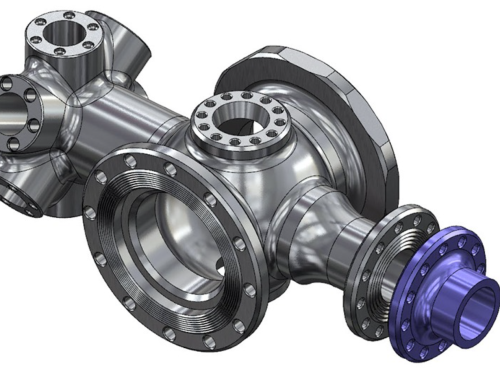
From the point of view of a CAM programmer, the toolpaths with Dynamic Motion technology are not much different from the conventional ones used all along. He or she simply selects them, sets some parameters from a menu and lets them run. Within the software itself, however, something profoundly different is happening. With all this embedded intelligence, one toolpath with Dynamic Motion technology frequently winds up doing the work of three conventional toolpaths— roughing, cleanup and finishing. The lines of code required, the algorithms invoked and the computer processing power applied are vastly greater than what came before. For example, it took three man-years (roughly 7,200 hours) to write and test the code for Mastercam’s first Dynamic Toolpath for 2D pocketing, which was introduced with version X4 in 2009.
This introduction was the beginning of an entirely new direction in which the toolpath itself would be expected to behave intelligently by following an expansive set of rules that include:
- Minimal step-overs to avoid heat build-up and excessive lateral force
- Smooth motions (e.g. trochoids) that alleviate stresses on tools and the machine • High spindle speeds, if available
- Maximal flute engagement for the deepest, most efficient cuts possible.
- Continual material engagement (climb milling) to minimize air cutting
- Dynamic adjustments of feeds, speeds and step-overs to keep tool load constantIntelligent entry strategies presenting the tool to the material at the most effective angle
- Material awareness so the cutter can’t be buried and won’t travel to a new location until material in the tool’s current vicinity has been cleaned up.
- Micro-lifts away from walls and the part’s floor so that heat does not build up when cutting speeds are being adjusted during dwells
- And many more.
Please click the button below to learn more about Mastercam’s Dynamic Motion and how it can help your shop.








Leave A Comment